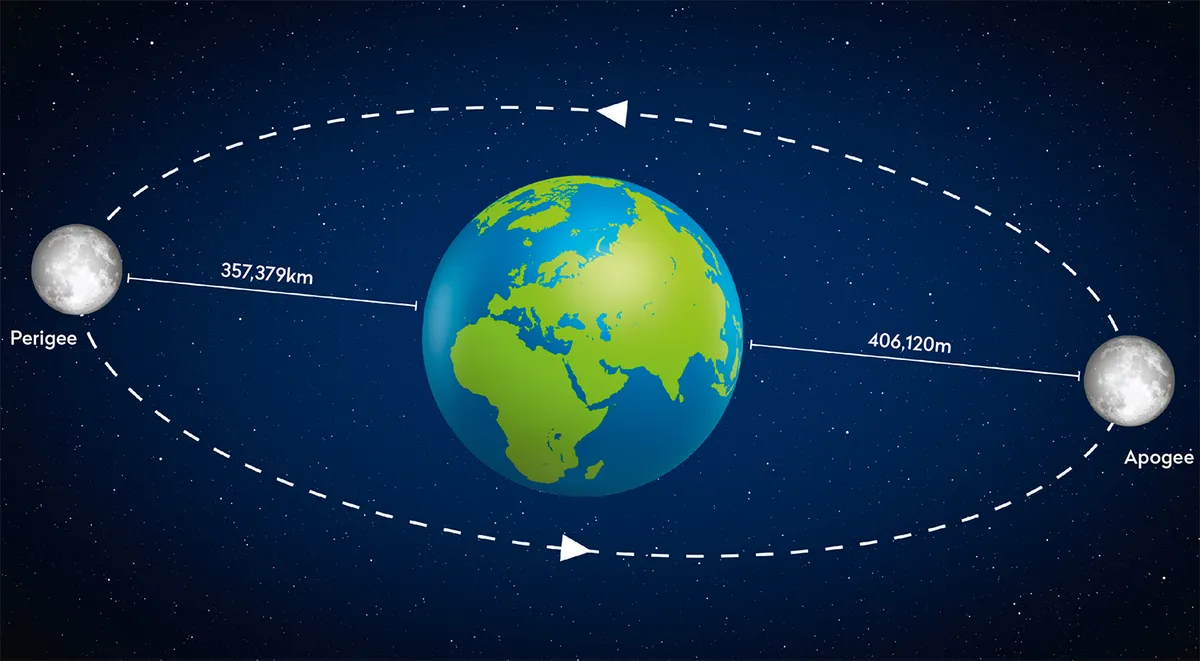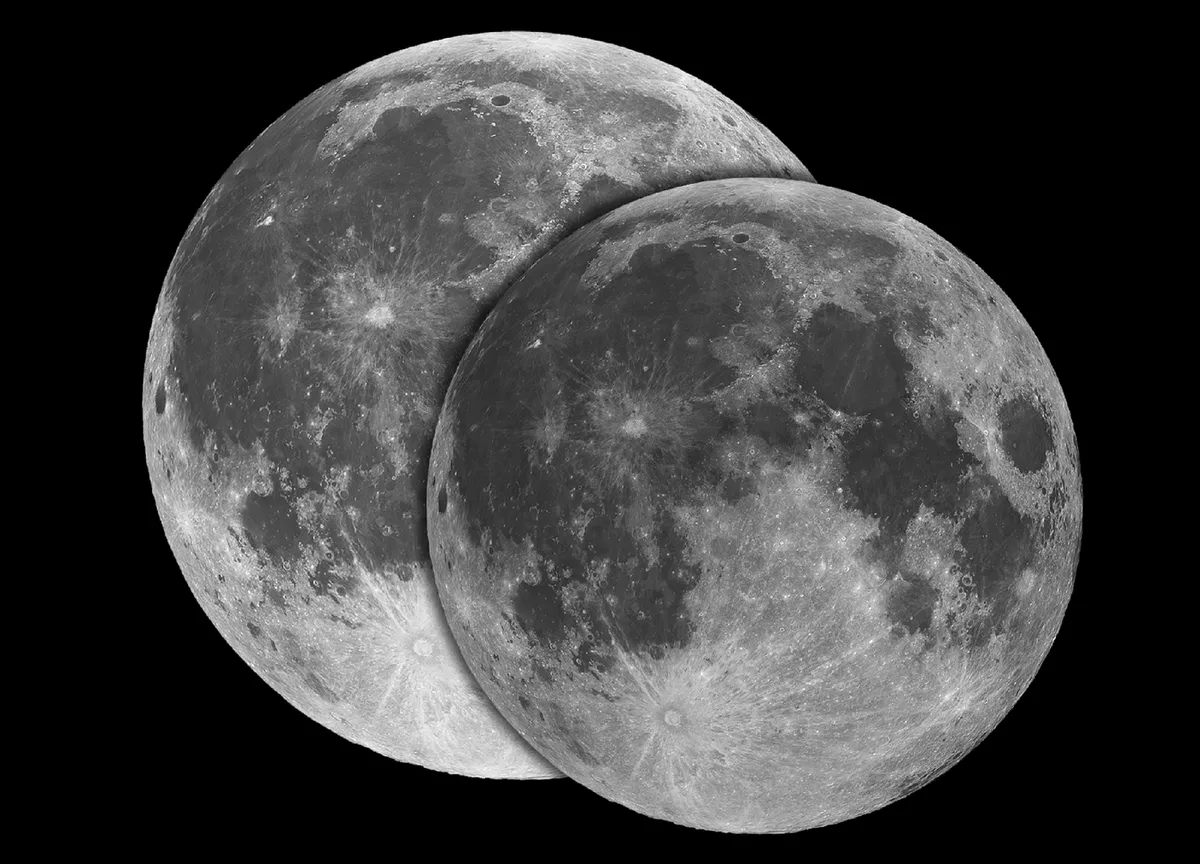Have you ever seen a Beaver Moon? The Beaver Moon is the name given to the full Moon in November, and in 2025, it will be slightly bigger and brighter than usual.
This full Moon rises just before sunset on 5 November, and is visible all night long, then also visible the following night, 6 November.
Here we'll explore what the Beaver Moon is, how it got such a strange name, and why some are calling this full Moon a Super Beaver Moon.

Equipment: Sony A7R3 camera, Sony 70-200 G Master lens at 116mm focal length, Leofoto tripod Exposure: ISO 320, f/9, 1/320
Beaver Moon explained
The name 'Beaver Moon' is one of many informal names given to the monthly full Moons.
Throughout the calendar year, each full Moon has a 'nickname' that reflects major changes or events occurring in nature during the month in question.
That's why December's full Moon is known as the Cold Moon, for example, and the June full Moon is known as the Strawberry Moon.
The term 'Beaver Moon' comes from different of cultures and societies that used the Moon as a calendar to track the course of the year.
During the month of November, beavers are particularly active as they prepare for winter, building dams and stocking up food.
So it makes sense that our ancestors might have marked this activity by naming November's full Moon after the furry creatures.
However, there is another reason why November's full Moon is known as the Beaver Moon, and that's because beavers were once extensively hunted for their fur.
In fact, the animals were hunted to extinction in the UK, but reintroduction efforts mean the animals have been making a comeback in recent years.
As is the case with every full Moon nickname, this full Moon won't look any different to any other full Moon of the year.
At least, not because it's a Beaver Moon, anyway. The November full Moon will technically be bigger and brighter because it's a so-called supermoon.

Supermoons explained
There are three supermoons visible in 2025, the first having been the Harvest Supermoon of 7 October.
That makes November's Beaver Moon the second supermoon of the year.
But what is a supermoon, and are they really anything to get excited about?

A supermoon is more accurately described as a perigee syzygy Moon.
Perigee means the Moon is at the closest point in its orbit to Earth.
Syzygy refers to three celestial bodies in alignment: in this case the Sun, Earth and the Moon.
So a supermoon, simply, is a full Moon that's a bit bigger and brighter than normal.

The Super Beaver Moon of 4/5 November 2025 will be technically bigger than a 'regular' full Moon, but in reality the difference is imperceptible to the naked eye.
Having said that, a full Moon - supermoon or not – is a beautiful spectacle to observe in the night sky.
Super Beaver Moon 2025 – quick facts

- The Super Beaver Moon will be visible in the east just after sunset on both 4 and 5 November.
- Get a clear eastern view and you'll see it rise above the horizon as the sky grows dark.
- The Beaver Moon will climb higher and be visible in the southeast around 22:00.
- By the time it's high in the sky, you should also be able to spot the Pleiades and Hyades star clusters below and to the left of it.
- Keep observing the eastern part of the sky and, as midnight is approaching, the constellation Orion and the planet Jupiter will be visible too

Observing a supermoon
If you're planning on observing this supermoon, here are some ideas on how to make the most of it.
- Ever experienced the Moon illusion? A full Moon close to the horizon looks abnormally large
- The rising Moon may also look orange or rusty red
- You can also observe the Moon with binoculars or telescope
- Photograph a full Moon
- Photograph the Moon with a smartphone
- Get out your paper and pencils and sketch the Moon
- Full Moon is a good time to observe lunar ray ejecta systems
- See if you can spot a halo or arc around the Moon
- See if you can spot a Moonbow
Share your supermoon observations and images with us by emailing contactus@skyatnightmagazine.com

